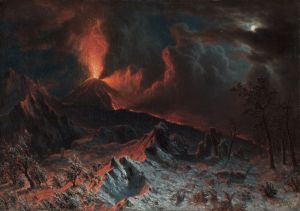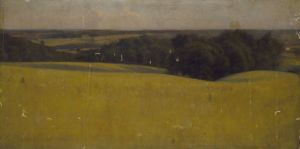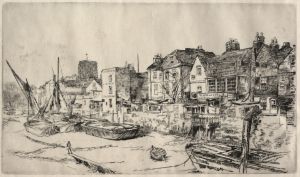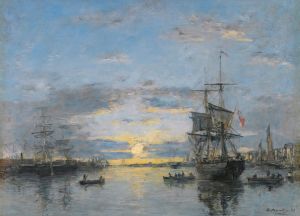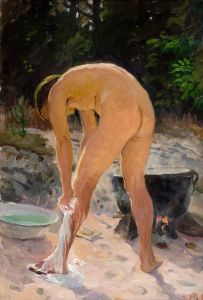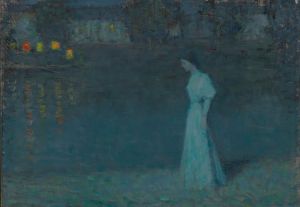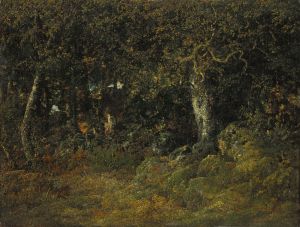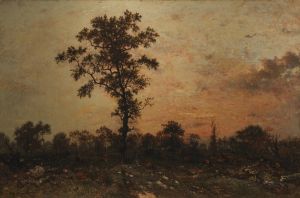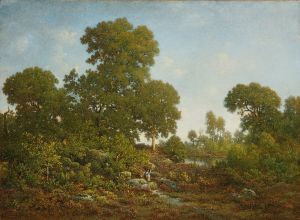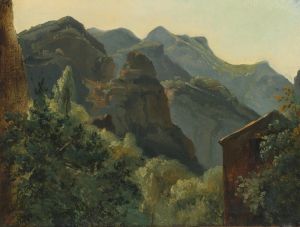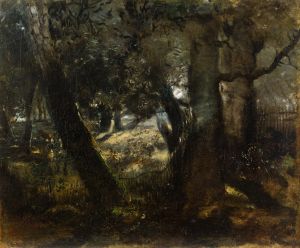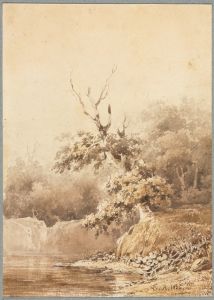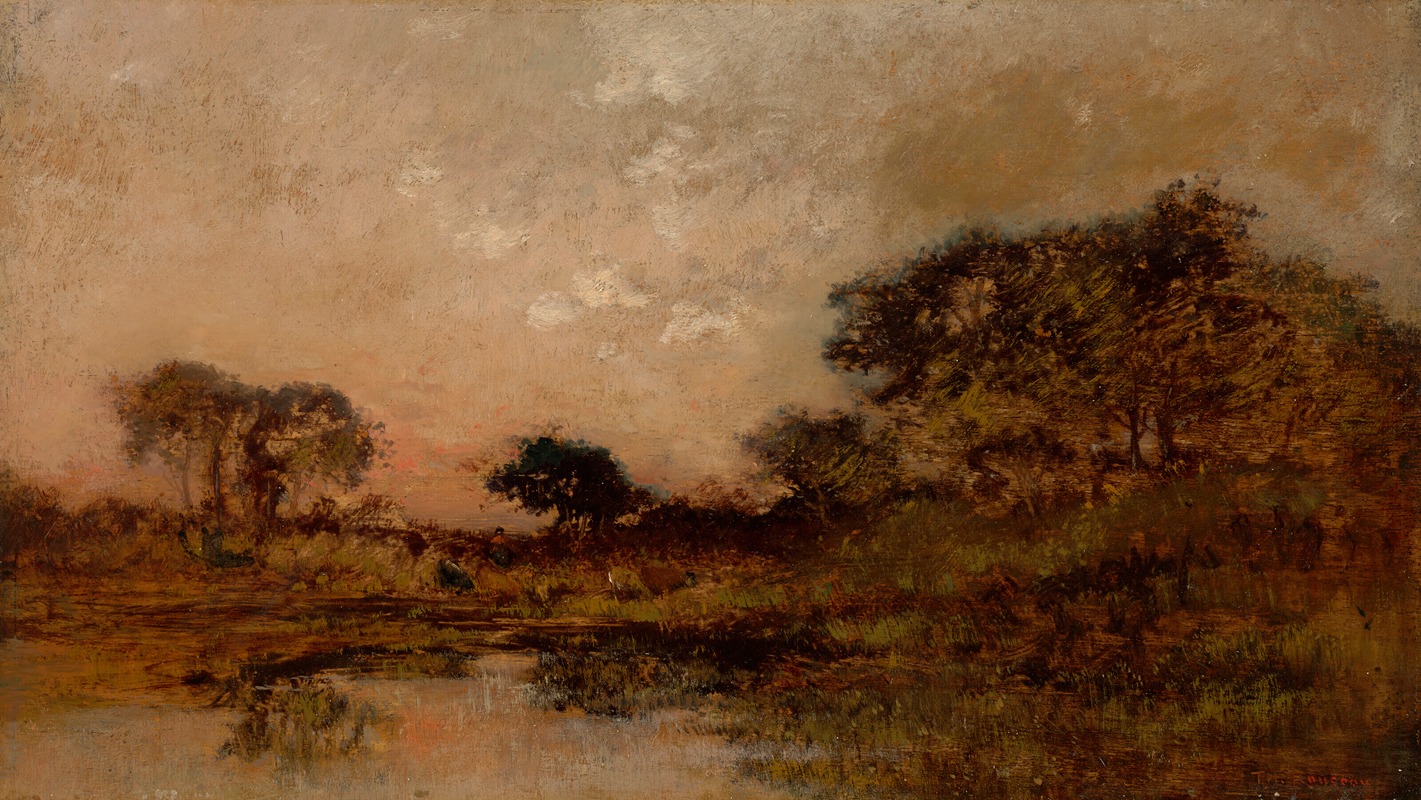
Étang au crépuscule
A hand-painted replica of Théodore Rousseau’s masterpiece Étang au crépuscule, meticulously crafted by professional artists to capture the true essence of the original. Each piece is created with museum-quality canvas and rare mineral pigments, carefully painted by experienced artists with delicate brushstrokes and rich, layered colors to perfectly recreate the texture of the original artwork. Unlike machine-printed reproductions, this hand-painted version brings the painting to life, infused with the artist’s emotions and skill in every stroke. Whether for personal collection or home decoration, it instantly elevates the artistic atmosphere of any space.
Théodore Rousseau, a prominent figure of the Barbizon School, painted Étang au crépuscule (Pond at Twilight), a work that exemplifies his dedication to capturing the natural world with emotional depth and technical precision. Created during the mid-19th century, this painting reflects Rousseau's fascination with the French countryside, particularly the landscapes around the Forest of Fontainebleau, which served as a central inspiration for many of his works.
The painting depicts a tranquil pond at twilight, with the fading light of the day casting a soft, atmospheric glow over the scene. Rousseau's use of rich, earthy tones and subtle gradations of light and shadow conveys a sense of serenity and introspection. The composition is carefully balanced, with the still water of the pond reflecting the surrounding trees and sky, creating a harmonious interplay between the elements of nature. This attention to detail and the interplay of light and color are hallmarks of Rousseau's style, which sought to evoke the emotional resonance of the landscape rather than merely document it.
Rousseau was a key figure in the transition from the formal, idealized landscapes of academic painting to a more naturalistic and personal approach. He was part of a group of artists who settled in the village of Barbizon, near the Forest of Fontainebleau, in the 1830s and 1840s. These artists, later known as the Barbizon School, rejected the artificiality of studio-based art and instead painted en plein air (outdoors), directly observing and interpreting nature. Rousseau's works, including Étang au crépuscule, are celebrated for their ability to capture the mood and spirit of the natural environment.
While specific details about the creation and provenance of Étang au crépuscule are not widely documented, the painting is consistent with Rousseau's broader body of work, which often focused on quiet, unassuming scenes of rural life and untouched nature. His landscapes were deeply influenced by his belief in the spiritual and restorative power of nature, a sentiment that resonated with the Romantic movement of the time.
Rousseau's contributions to landscape painting were highly influential, and his work paved the way for later developments in Impressionism and other modern art movements. Today, Étang au crépuscule is recognized as a testament to his skill and vision, embodying the ideals of the Barbizon School and the broader Romantic tradition.





